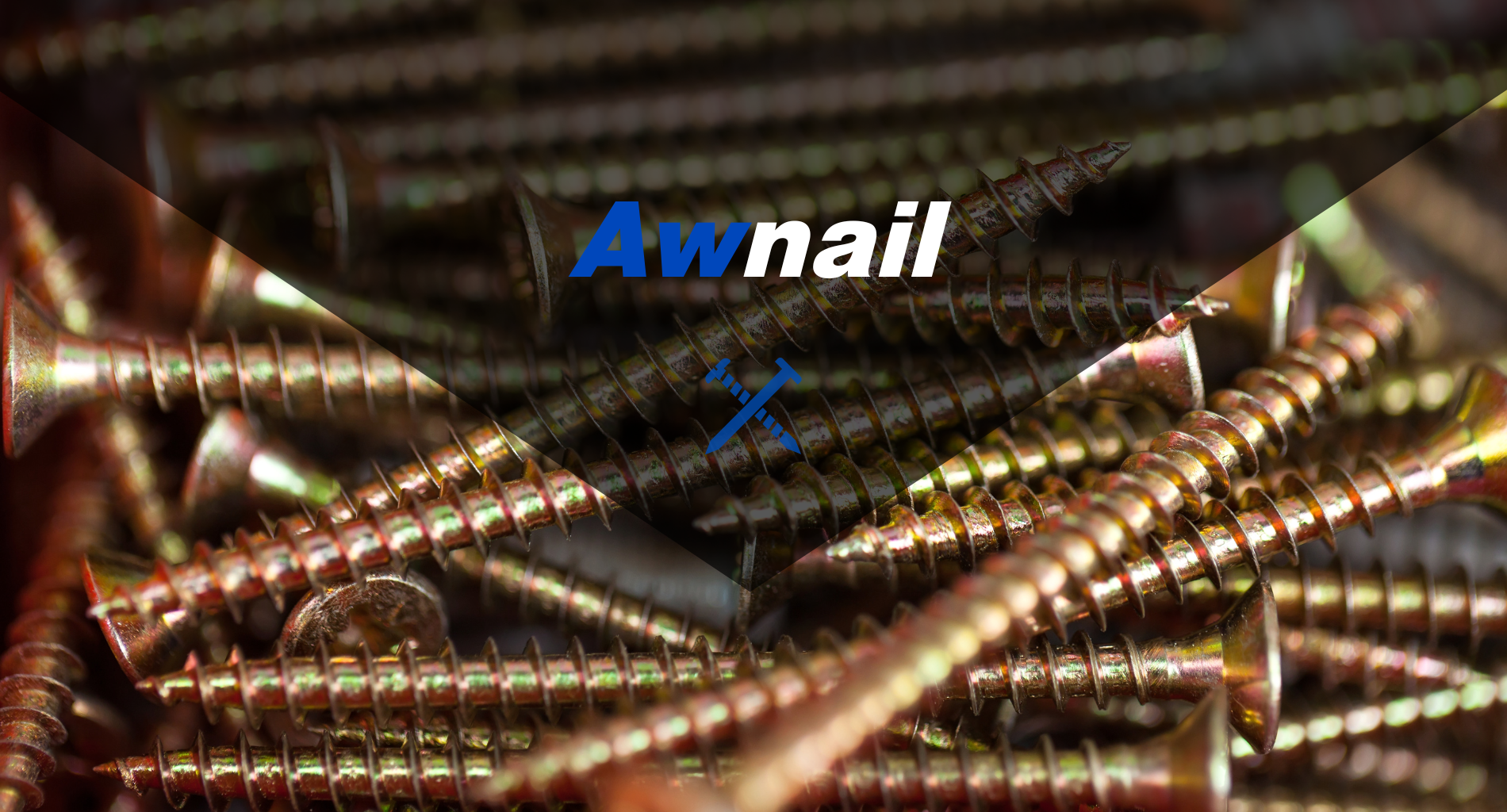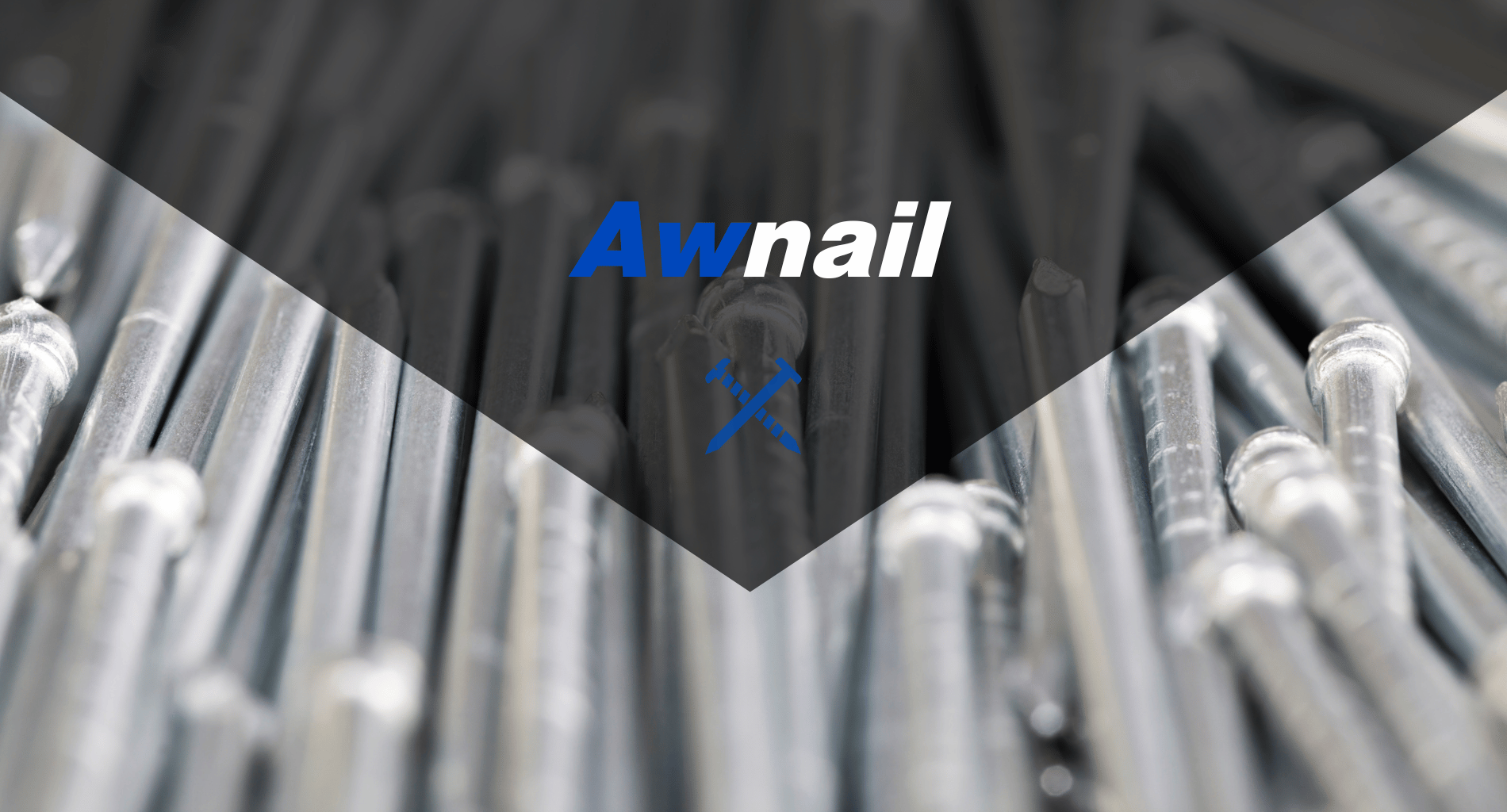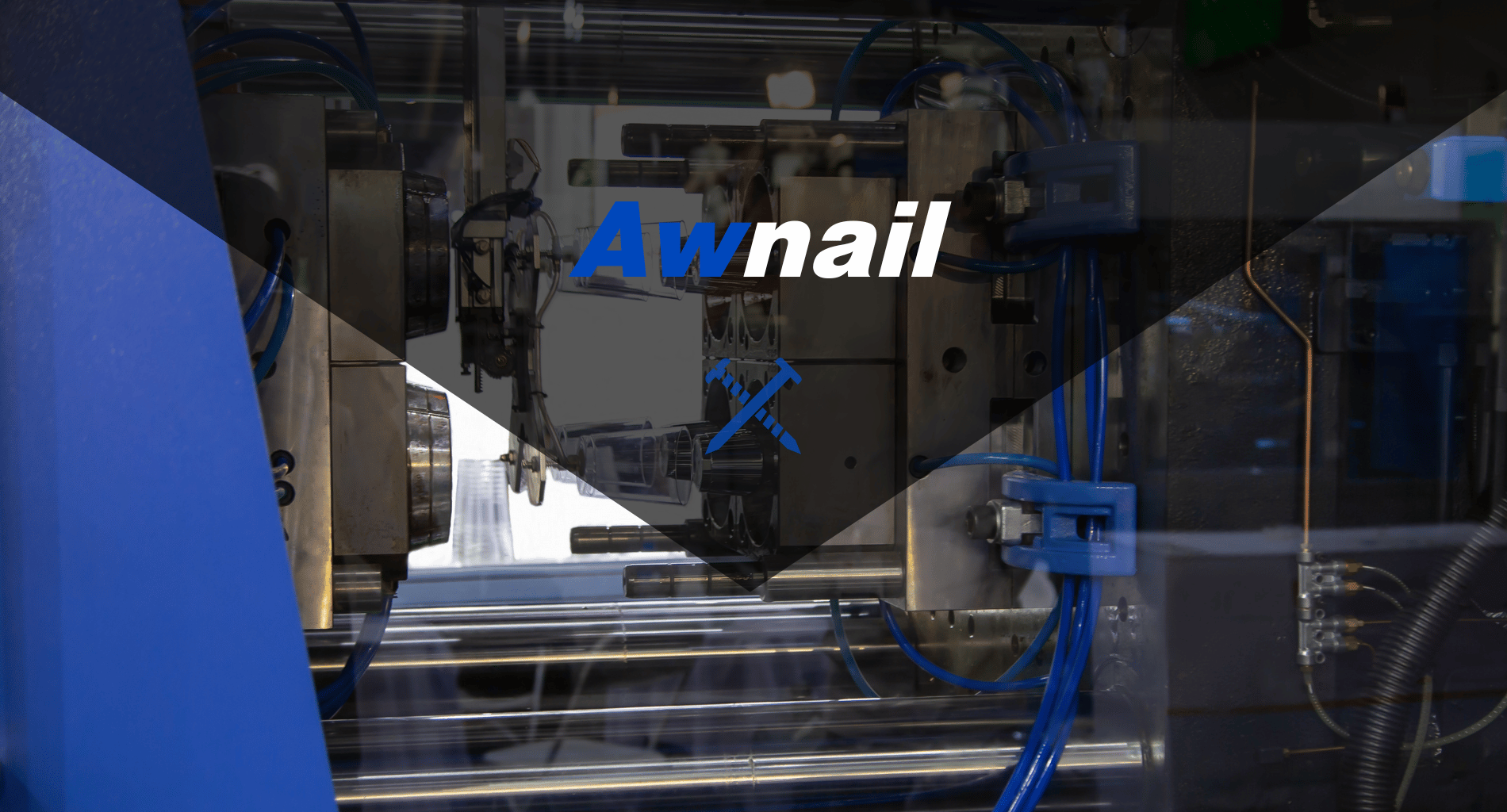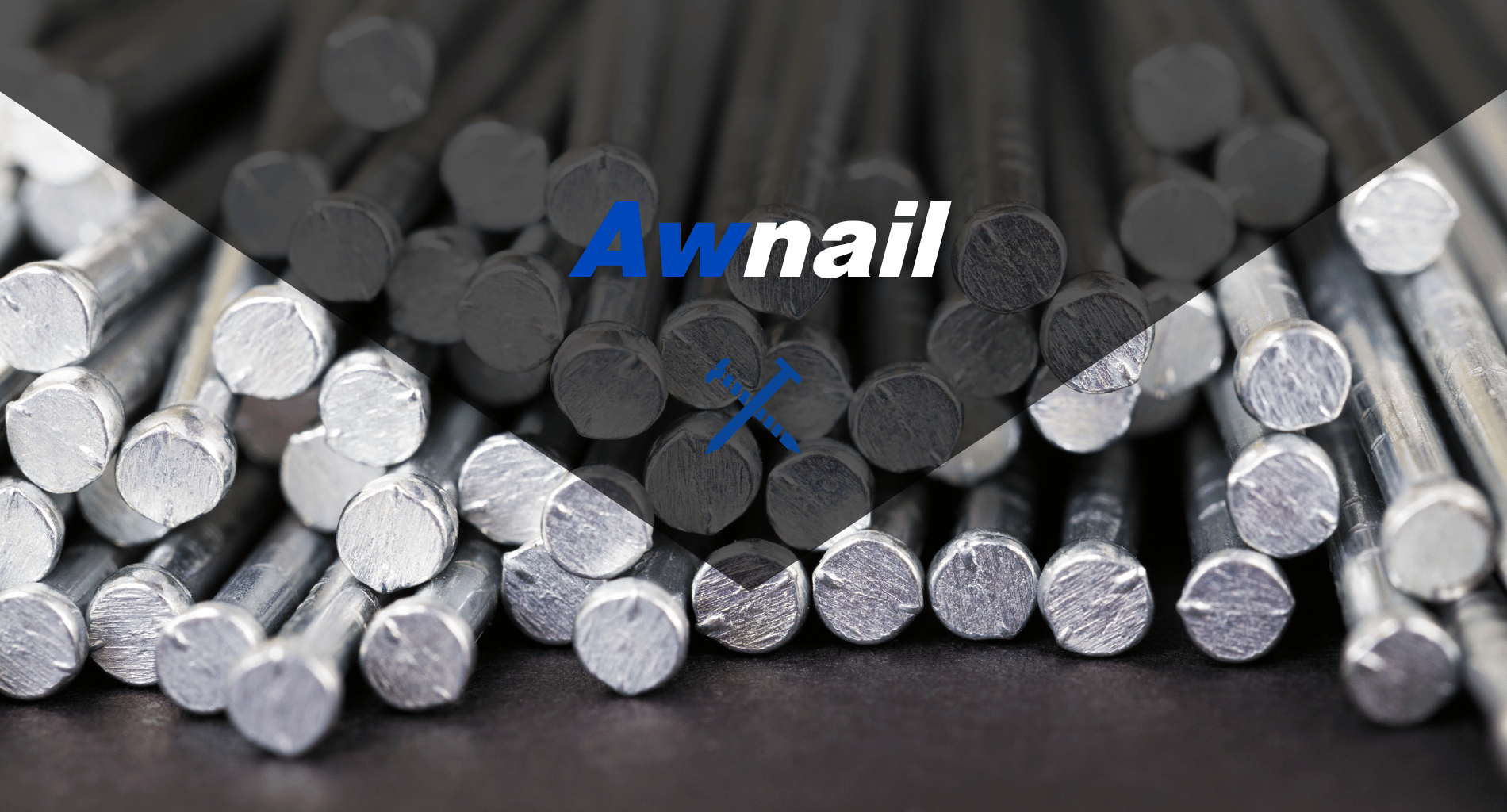What transforms raw materials into the precise nails that are essential in construction and manufacturing? The answer lies in the sophisticated nail making machine process.
Leveraging years of industry expertise, this article sheds light on the intricacies of this process.
The journey of a nail making machine from concept to market-ready product is a testament to technological advancement and precision manufacturing.
In this article we will guide you through the detailed stages of the nail making machine’s production process, gaining insights into the challenges and solutions encountered along the way.
Keep reading and embark on this fascinating exploration.
Step#1 The Design Phase
The design phase of a nail making machine is a critical step where concepts and functionality merge to create a blueprint for efficient production. Here are key aspects of the design phase:
- Conceptualization and Needs Analysis: Initially, engineers and designers assess the market demands and specific requirements for nail production. This involves analyzing nail types, sizes, and materials to ensure the machine can produce a range of products efficiently.
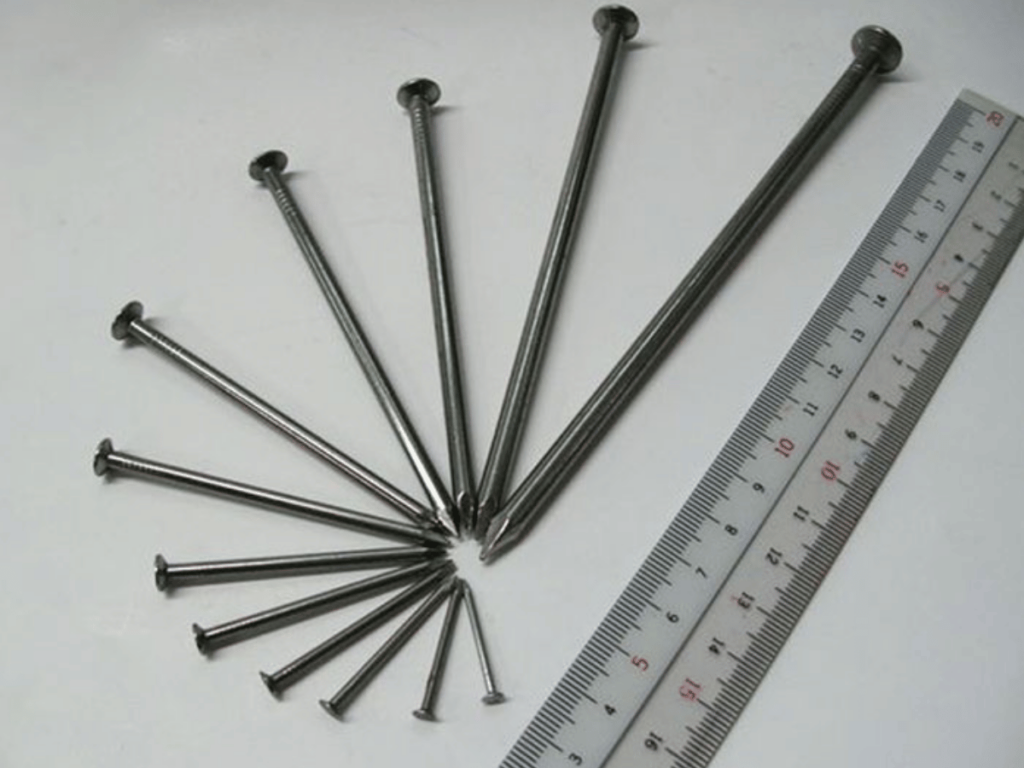
- Technical Design and Prototyping: Using advanced CAD (Computer-Aided Design) software, engineers develop detailed models of the machine. This step involves intricate planning of mechanical parts, electrical systems, and user interfaces, often followed by creating a prototype for testing and refinement.
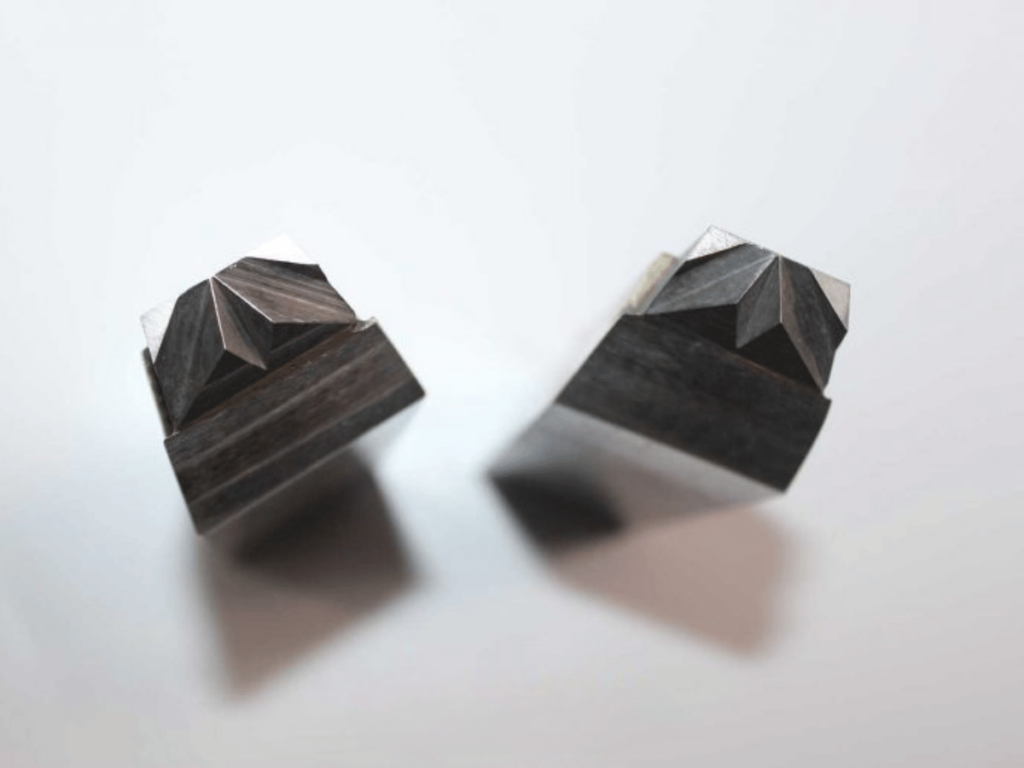
- Integration of Automation and Safety Features: Modern nail making machines incorporate automation to enhance efficiency and precision. During the design phase, features like automated feeding systems, speed control, and safety mechanisms are integrated to ensure smooth, safe, and productive operations.
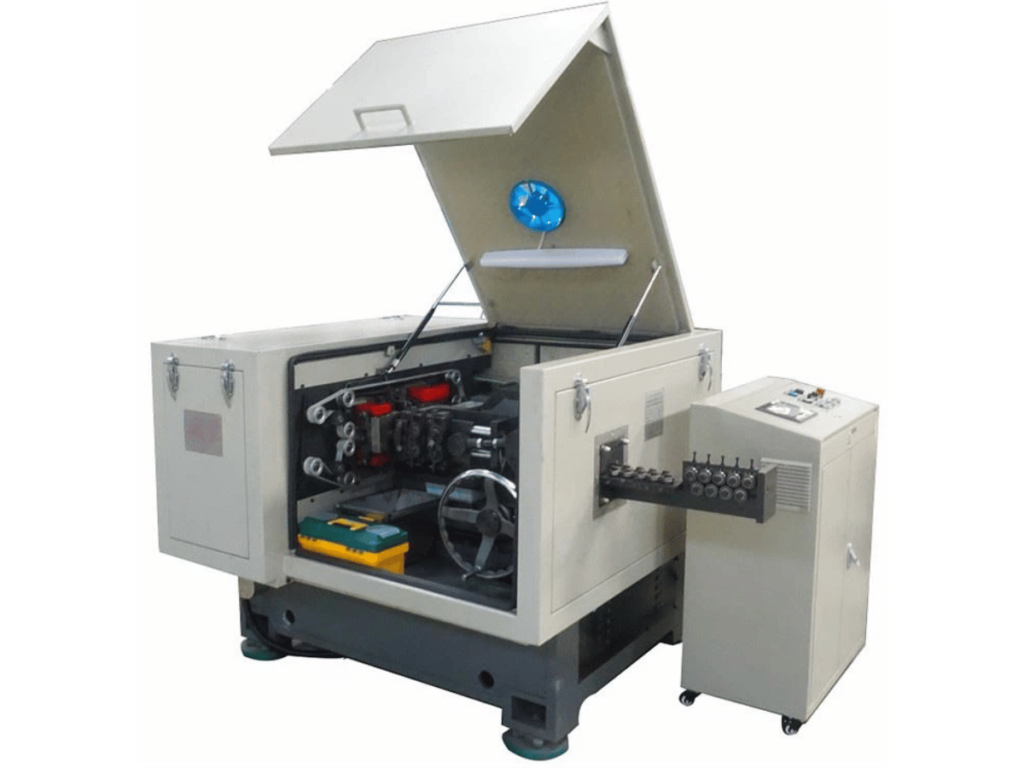
Step#2 Engineering and Prototyping
Following the initial design phase, the engineering and prototyping stage plays a pivotal role in bringing the nail making machine from a conceptual model to a tangible, functional prototype. Here are the key steps in the engineering and prototyping phase:
- Detailed Engineering Analysis: Engineers conduct an in-depth analysis of the design to identify potential issues in functionality, durability, and efficiency. This step often involves simulations and stress testing of individual components.
- Building the Prototype: Using the detailed designs, a working prototype of the nail making machine is constructed. This prototype is crucial for practical evaluation, as it provides the first real-world look at the machine’s performance and capabilities.
- Testing and Refinement: The prototype undergoes extensive testing to assess its functionality, output quality, and safety features. Based on the test results, necessary adjustments and refinements are made to optimize performance and ensure compliance with industry standards.
Step#3 Material Selection and Sourcing
After meticulous engineering and prototyping, the next crucial step in the nail making machine’s journey is material selection and sourcing. Here are the key aspects of this phase:
- Assessment of Material Requirements: The first step involves evaluating the specific material requirements based on the machine’s design and intended functionality. This includes determining the types of metals, plastics, and electronic components needed.
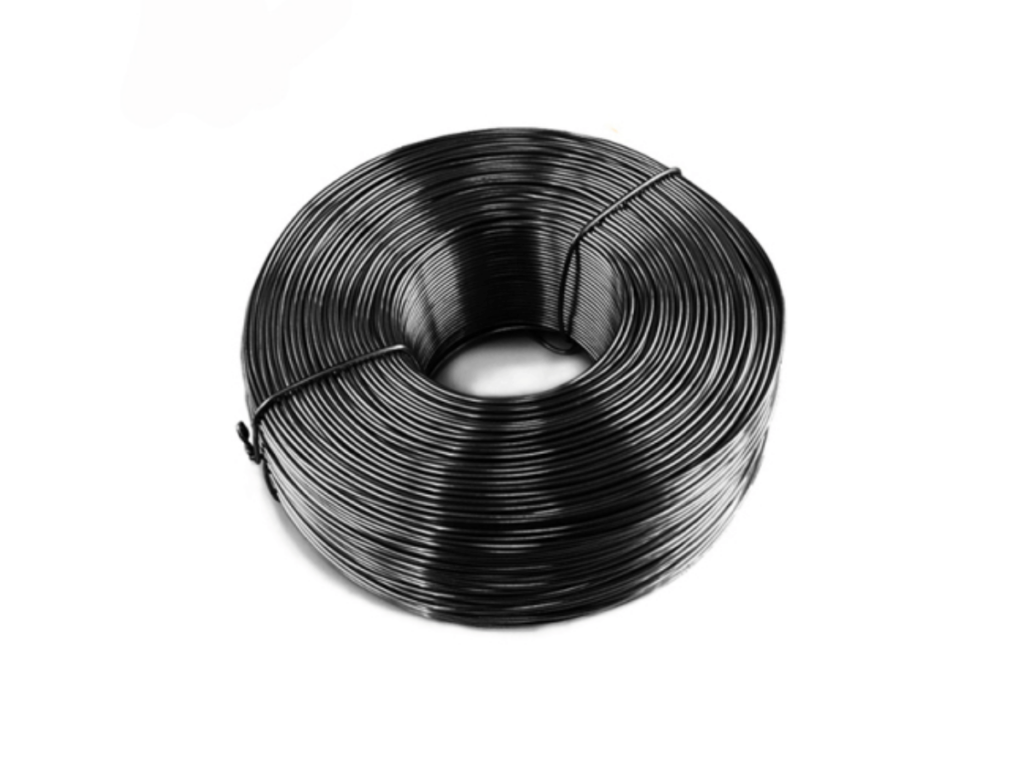
- Quality and Durability Analysis: For each material required, a thorough analysis of quality, strength, and durability is conducted. This ensures that the materials can withstand the operational demands of nail production.
- Supplier Evaluation and Selection: Identifying and selecting reliable suppliers is crucial. The process includes vetting suppliers for their quality standards, consistency in supply, and cost-effectiveness.
- Material Testing and Approval: Before finalizing the procurement, samples of materials are tested to ensure they meet the necessary specifications and quality standards. Only after passing these tests are materials approved for use in the nail manufacturing process.
Step#4 Prototyping and Testing
With the right materials sourced following the material selection phase, the nail making machine enters the crucial prototyping and testing stage. Here are the key steps in this process:
- Assembly of the Prototype: Using the sourced materials, a full-scale prototype of the nail making machine is assembled. This prototype is a near-exact replica of the final product, encompassing all design elements and functions.
- Functional Testing: The prototype undergoes a series of functional tests to evaluate its performance. This includes testing the machine’s speed, nail production capacity, accuracy, and efficiency under various operational conditions.
- Stress and Durability Testing: To ensure long-term reliability, the prototype is subjected to stress tests. These tests simulate extended operational periods and harsh working conditions to assess the durability and lifespan of the machine.
- User Interface and Safety Checks: The prototype’s user interface is tested for ease of use and effectiveness, ensuring that operators can manage the machine safely and efficiently. Awnail suggests that all safety features should be rigorously tested to comply with industry and regulatory standards.
Step#5 Mass Production and Assembly Lines
Once prototyping and testing are successfully completed, the nail making machine enters the mass production and assembly line phase. Here are the key aspects of this phase:
- Setting Up Production Lines: The first step involves establishing assembly lines that are optimized for efficient and error-free production. This setup is based on the prototype’s design, ensuring each assembly line can replicate the machine accurately.
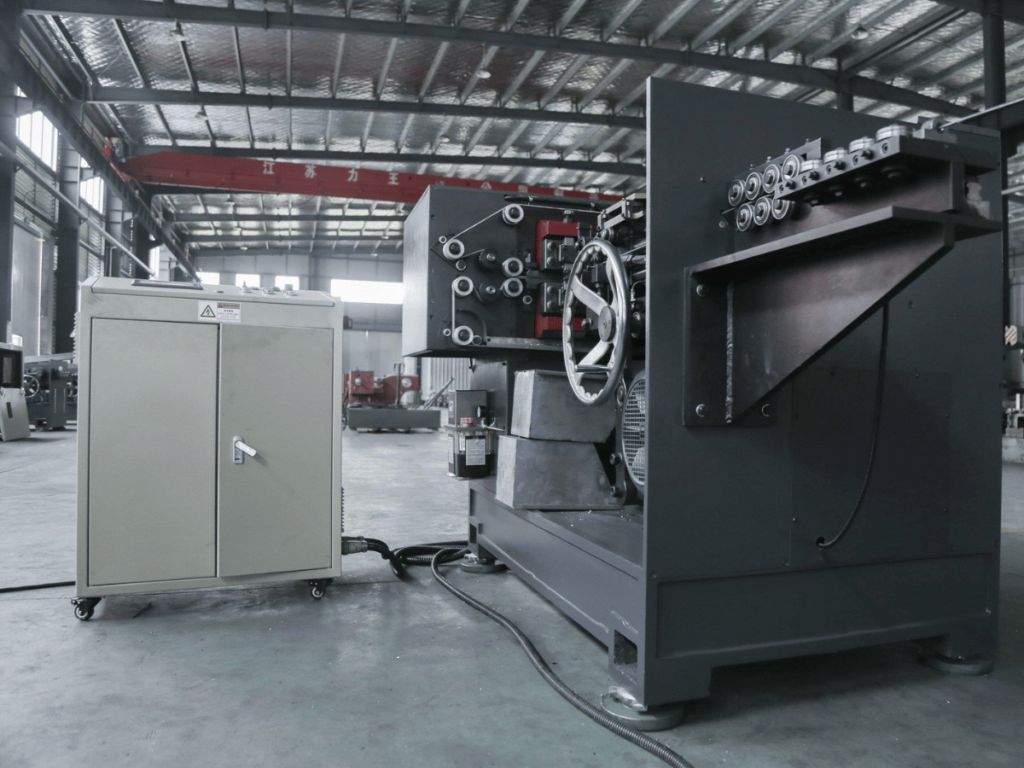
- Implementation of Quality Control Systems: Throughout the assembly process, stringent quality control measures are in place. These systems ensure that each component and every completed machine meet the required specifications and quality standards.
- Scaling Production to Meet Demand: As per Medium, the nail making machine market is projected to expand at a compound annual growth rate of 12%, presenting significant opportunities for industry players. This scaling involves efficient management of material supply, effective scheduling of production runs, and ensuring the output meets evolving market needs, all while maintaining high quality standards.
- Final Inspection and Packaging: Once assembled, each nail making machine undergoes a final inspection to ensure it is fully operational and meets all quality standards. For instance, after passing inspection, the machines are carefully packaged for shipping to distributors, wholesalers, and businesses.
Step#6 Testing and Quality Assurance
Following the mass production stage, each nail making machine undergoes a critical phase of testing and quality assurance. Here are the key processes involved in this phase:
- Random Sampling for Testing: From the mass-produced units, a random sample of machines is selected for comprehensive testing. This approach helps in maintaining unbiased and accurate quality control.
- Performance Testing: The selected machines are tested for their operational performance, including speed, nail production accuracy, and efficiency. This ensures that the machines perform as expected under typical working conditions.
- Durability and Reliability Tests: The machines undergo durability testing to assess their lifespan and reliability over extended periods of use. This includes stress tests and simulations of long-term operational wear and tear.
- Final Quality Assurance Checks: A team of quality assurance experts conducts final checks to ensure every aspect of the machine is up to the industry standards. Awnail recognizes that only after passing these rigorous checks are the machines cleared for distribution and sale.
Step#7 Market Introduction and Industry Impact
After passing through rigorous testing and quality assurance, the nail making machines are ready for market introduction. Here are the key steps involved in this process:
- Product Launch and Marketing: The introduction to the market often begins with a strategic product launch. For instance, this includes marketing campaigns targeting wholesalers, distributors, and businesses in the nail manufacturing industry, highlighting the machine’s features, uses and benefits, and technological advancements.
The table below outlines key strategies for introducing nail manufacturing machines to the market.
| Strategy | Target Audience | Key Features Highlighted | Marketing Channels | Expected Outcome |
| Direct Marketing Campaigns | Wholesalers, Distributors | Efficiency, Durability | Email, Direct Mail | Increased awareness and interest among bulk buyers |
| Trade Shows and Industry Conferences | Businesses, Distributors | Technological Advancements | In-person presentations, Demos | Face-to-face engagement, live demonstrations of machine capabilities |
| Online Marketing and Social Media | Wholesalers, Businesses | Uses, Benefits | Social media, SEO, Webinars | Wider reach, interactive engagement, education on product benefits |
| Partnership with Industry Influencers | Businesses, Distributors | Innovation, Ease of Use | Sponsored content, Testimonials | Leverage trust of established industry figures to boost credibility |
| Educational Content and Case Studies | Wholesalers, Distributors | Cost-effectiveness, ROI | Blogs, White papers, Case studies | Showcase real-world applications, emphasize long-term benefits |
- Distribution Network Establishment: Building a robust distribution network is essential for ensuring the machines are readily available to the target audience. This involves partnering with reliable distributors and setting up supply chains to efficiently manage orders and deliveries.
- Monitoring Industry Impact and Feedback: After the product launch, it’s important to monitor its impact on the industry and gather feedback from users. This feedback is crucial for future improvements and for understanding how the machine meets or exceeds market expectations.
Dive Deeper Into Our Resources
For some insightful reads, we’ve curated a list of recommended articles just for you:
Still haven’t found what you’re looking for? Don’t hesitate to contact us. We’re available around the clock to assist you.
Conclusion
The journey of a nail making machine from design to production is a testament to modern engineering and manufacturing excellence. Understanding each phase of this process is crucial to making informed decisions, ensuring they choose machines that offer reliability, efficiency, and top-notch performance.
For those interested in top-tier nail making solutions, look no further than Awnail, a manufacturer known for its cutting-edge technology and customer-focused approach. Contact us today for more information.

